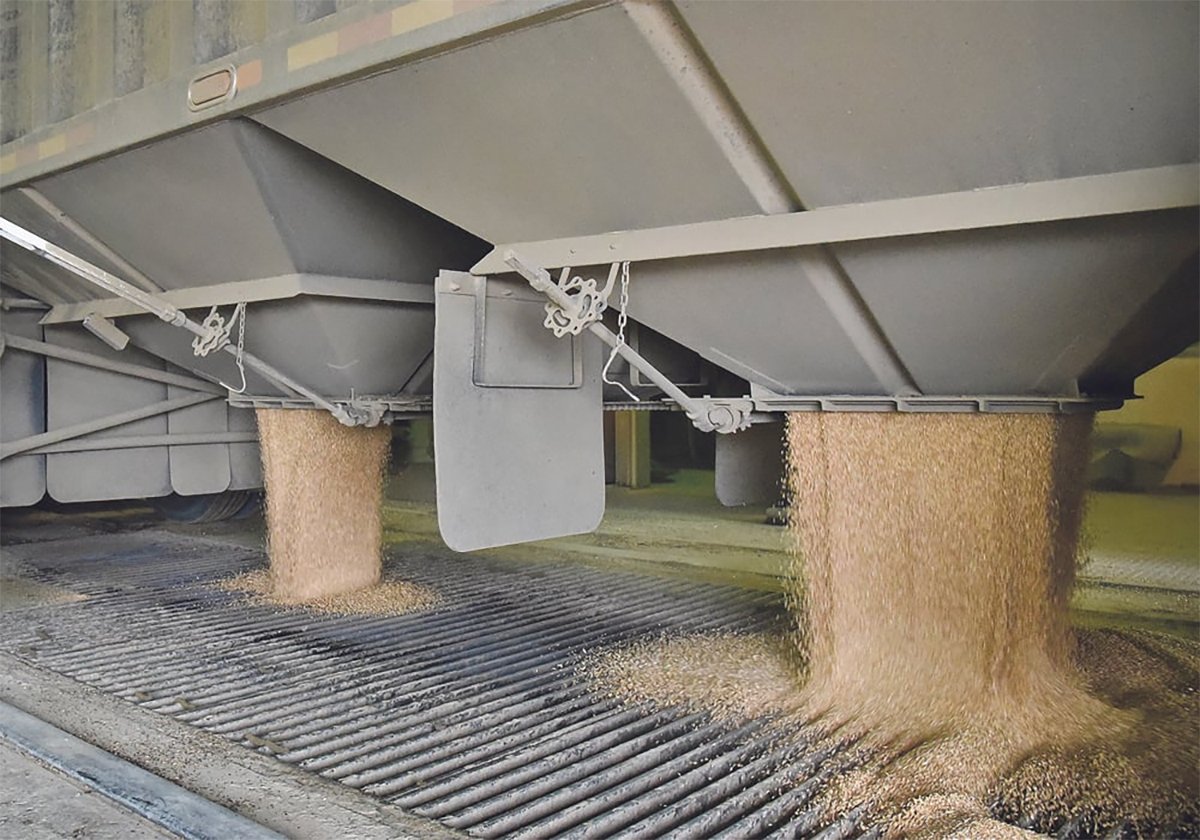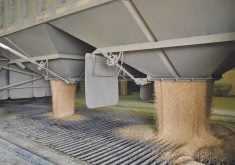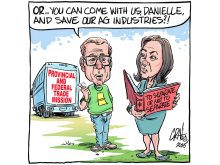THERE’S an explanation or excuse that federal officials like to trot
out every time somebody suggests Ottawa pay more to support Canada’s
farmers.
It goes like this: Canada cannot afford to subsidize its farmers to the
same extent as the Americans.
We’ve heard that from agriculture minister Lyle Vanclief and others
throughout the ranks of the federal government.
But is it true?
Canada’s economy shows signs of strengthening after last autumn’s
slowdown. The country’s unemployment numbers, housing markets and the
Read Also

Worrisome drop in grain prices
Prices had been softening for most of the previous month, but heading into the Labour Day long weekend, the price drops were startling.
ailing manufacturing sector have all shown signs of springing back to
life during the last few months.
Financial analysts have said a strong recovery would send the nation’s
budget surplus higher than forecast. Even federal finance minister Paul
Martin has said publicly that the budget surplus for 2001-02 will be
larger than originally predicted, although he has refused to offer a
number.
But economists project the federal government surplus for 2001-02 will
be $7-$10 billion.
And those figures are far below the real surplus number once Martin’s
accounting tricks are factored in.
Federal auditor general Sheila Fraser has criticized Martin for
redirecting funds into foundations and special arrangements where most
if it cannot be reviewed by the auditor general or discussed in
Parliament. Fraser estimated last month that the government has
siphoned off at least $32 billion this way since 1990.
This makes the surplus appear smaller than it actually is and reduces
pressure on Ottawa to use the surplus to pay down the debt, cut taxes,
or – dare we suggest – help farmers better compete with their highly
subsidized American neighbours.
So the argument by the Canadian government that we cannot afford to
match U.S. subsidies proportionately is not true. It is a matter of
government priorities.
Admittedly many forces are tugging on Ottawa’s pantleg hoping to
convince it to provide more money for various needs and causes.
But clearly the new U.S. farm bill, which is about to send an
additional $51.7 billion US to American farmers over the next six
years, requires a response.
- obody suggests that higher subsidies are a long-term solution. They
distort prices and lock farmers into a cycle of overproduction and
lower market prices, which further encourages the need for more
subsidies.
But as the Canadian economy picks up steam, public awareness of the
real farming situation becomes more widely known and the federal
surplus shows money is available, it is a reasonable request that our
farmers be provided with the necessary equipment to compete on a level
playing field.
The so-called trade injury compensation of $1.3 billion for grain and
oilseed producers, touted by almost every farm organization and
government in Canada with the exception of Ottawa, would be a first
step toward balancing the subsidy inequality that exists between
Canadian and American farmers.
Once it does reach out to farmers, Ottawa must do a better job of
selling the idea that money for agriculture is equally important to
urban constituents.
So-called farm spending also funds research that benefits processors
and consumers, who gain healthier and cheaper food.
It provides more money for food inspection and food safety, which is a
major public concern. Farmers have been picking up ever-increasing
shares of the tab for this public safety issue.
It could also mean more money for compensation to farmers who use
environmentally friendly practices or those who set aside land for
wildlife habitat.
The federal Liberals must also rethink the cost-sharing formula. The
present 60-40 federal-provincial split forces the most agricultural
dependent provinces to pick up the largest bills proportionately at a
time when their economies are in the most dire need.
The timing is right, the money is there.
Will the Liberal government respond appropriately?














